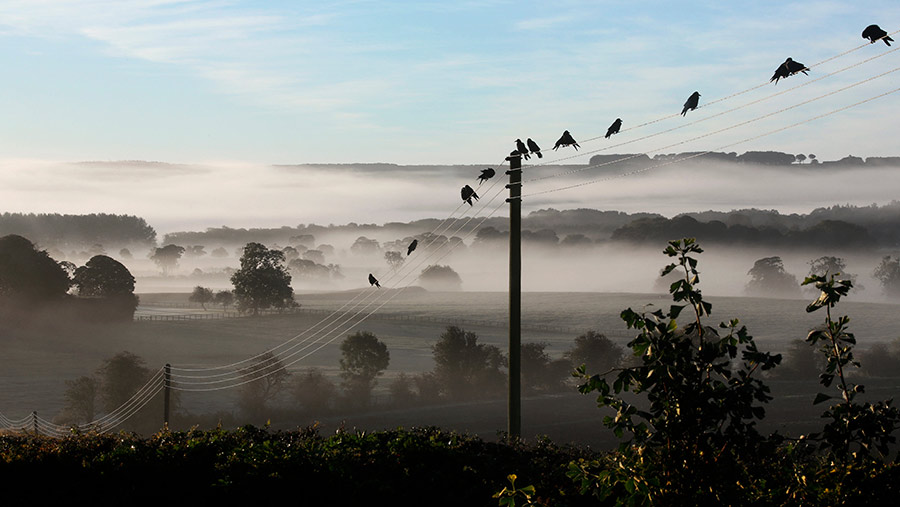Opinion: Stewardship had been good to us. Will ELM be too?
 ©mrallen/Adobe Stock
©mrallen/Adobe Stock It’s cold. My vision is intermittently obscured by the rising condensation of my breath. The inaugural notes of the dawn chorus carry across the frost-covered landscape as the sun wakes from its winter slumber.
Suddenly, a flash of golden white weaves its way along the field margins before dropping beyond the hedgerow. The barn owl.
I can remember my granddad remarking on how he saw two pheasants in a field.
Thankfully, the idea of that being so alien that it warranted remark seems an obscure concept now. I was in my mid-teens when I saw my first wild barn owl, but these days it’s a near daily occurrence.
See also: James Herrick: Memories of my granddad and a bygone era
As part of our farm’s Mid Tier Stewardship, we erected three barn owl boxes around the farmyard.
Last year, we saw young barn owls fledge for the first time, and they are clearly enjoying living in the diverse habitat the stewardship scheme has allowed us to create.
But this year is our last year in our scheme and the lack of clarity regarding Environmental Land Management (ELM) is making decisions about where we go from here a nightmare.
The Mid Tier scheme has been good to us, despite its many unnecessary complications.
It has provided a relatively stable income, funded habitat improvement work and helped enhance our farm’s natural capital.
I once had high hopes that ELM would be a simple, single-level scheme that provided for wildlife, habitat, water and soils, while also allowing farmers to regularly scale options to suit their operation.
The constant drive for complication seems like a ploy to reduce take-up, save the government money and provide somewhere to point the finger when things go south.
We all know the inevitable is coming regarding farm support, which only emphasises the importance of farm profitability, and some form of stewardship can really be a cornerstone to that.
However, I’d be lying if I said I wasn’t just confused by it all.

